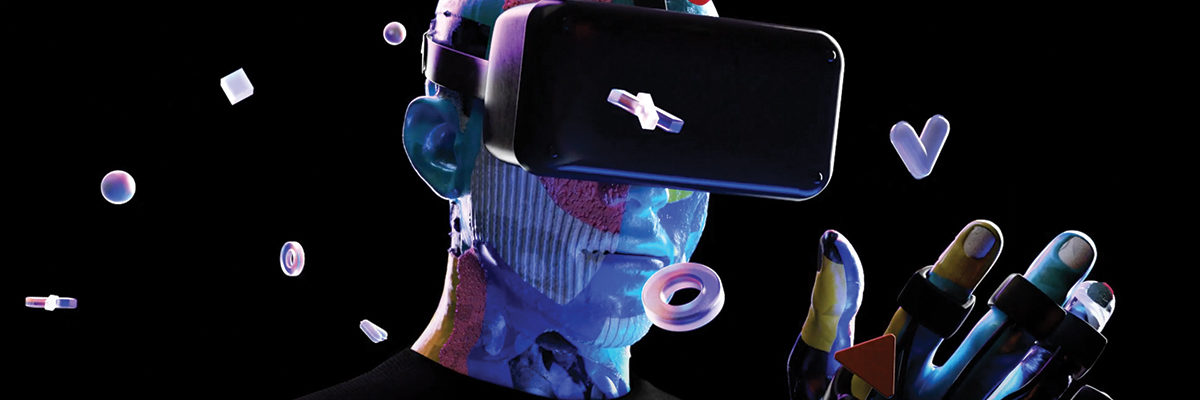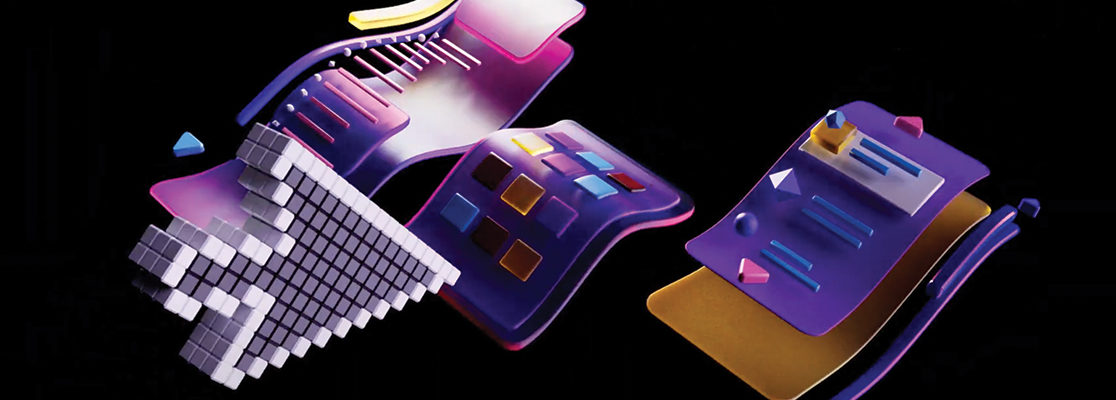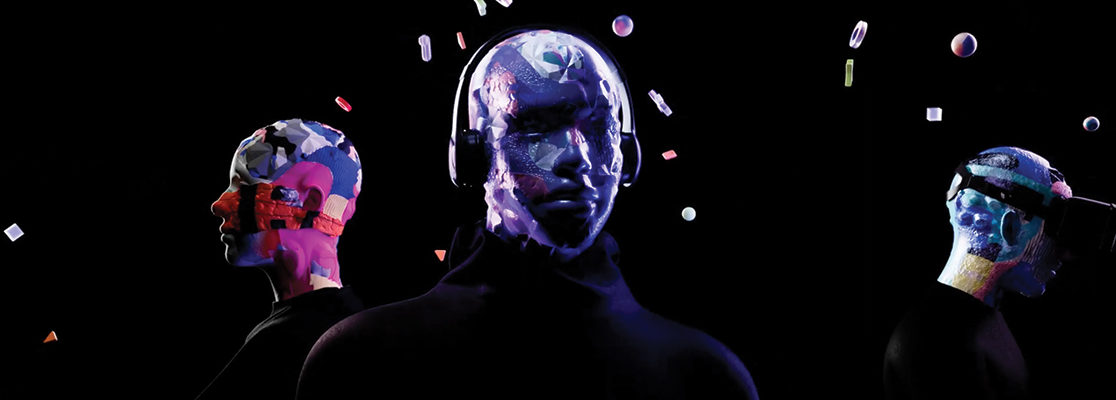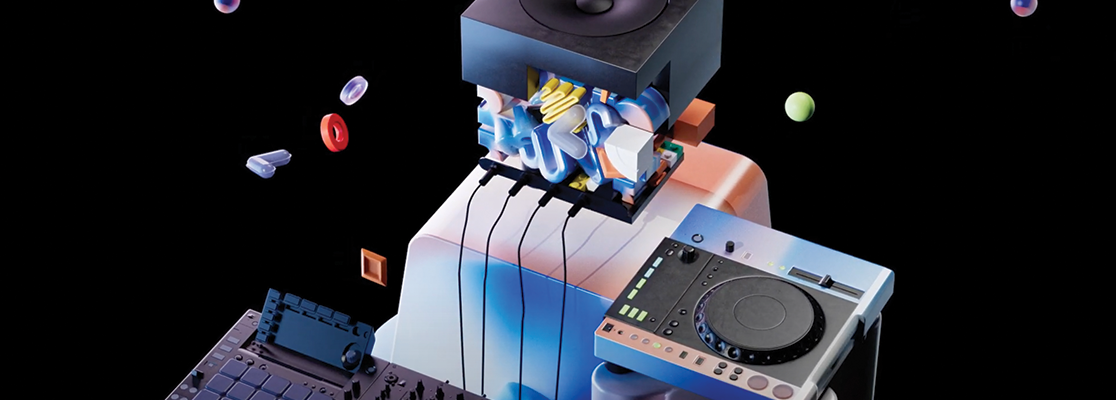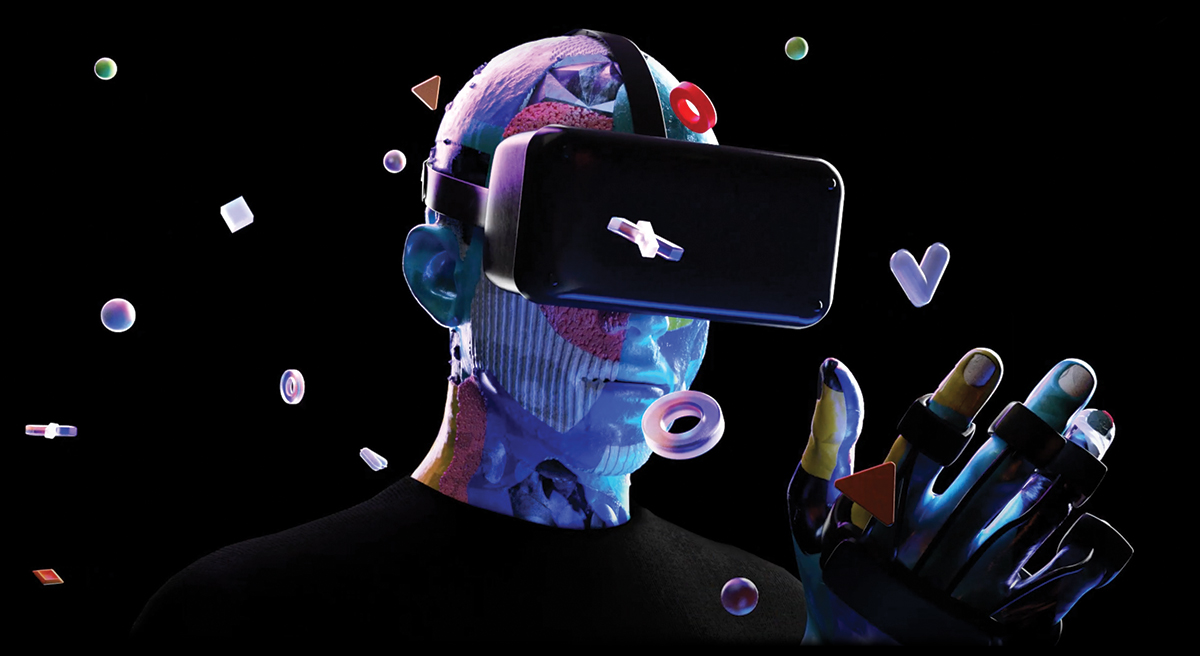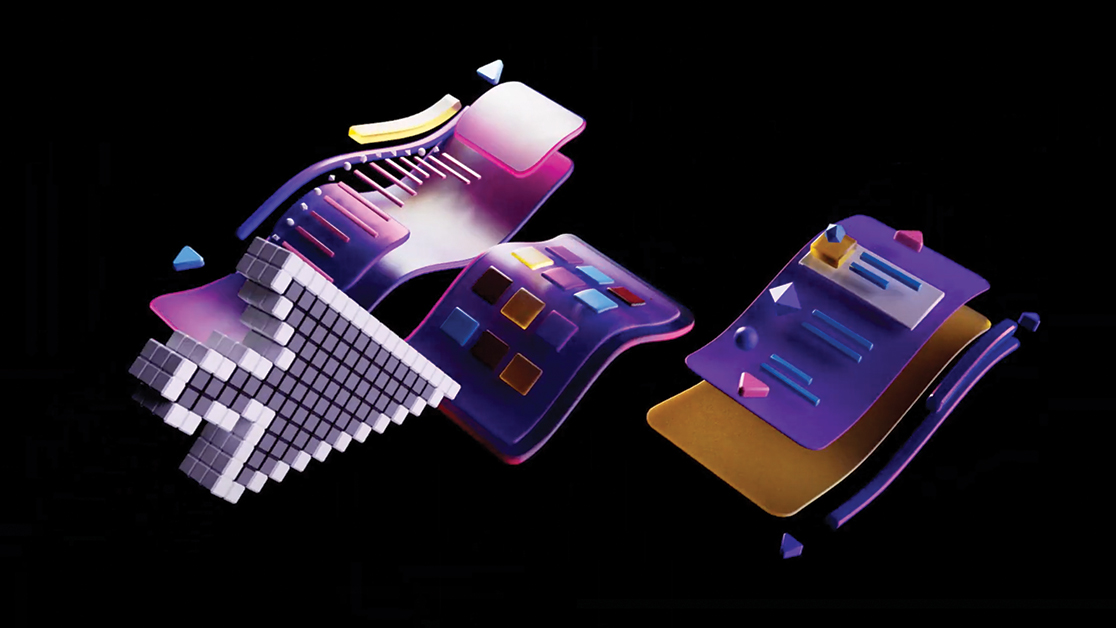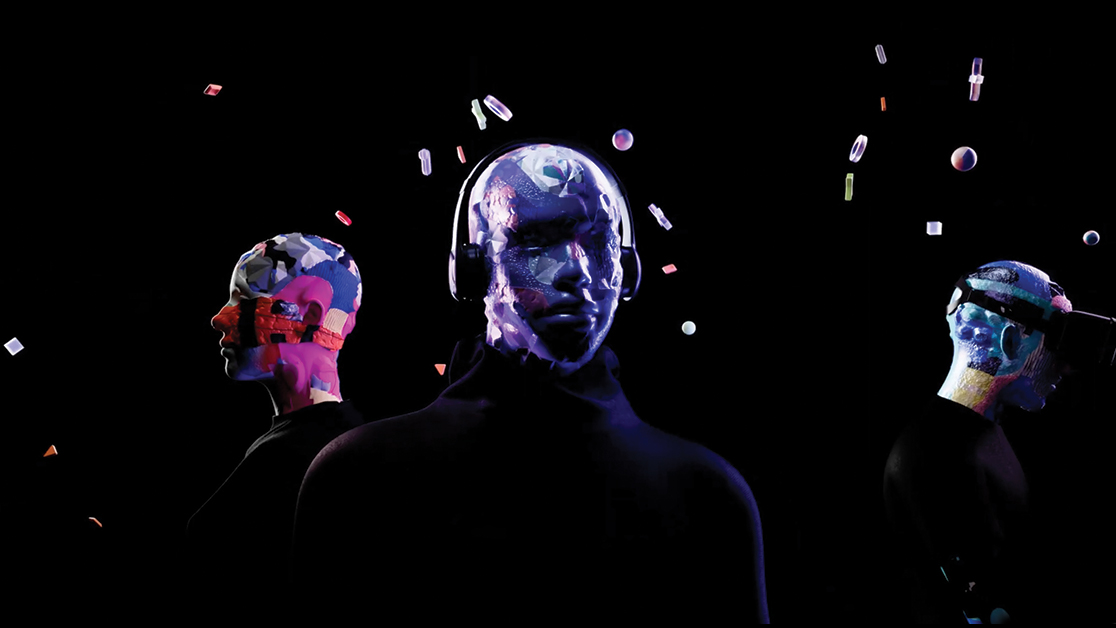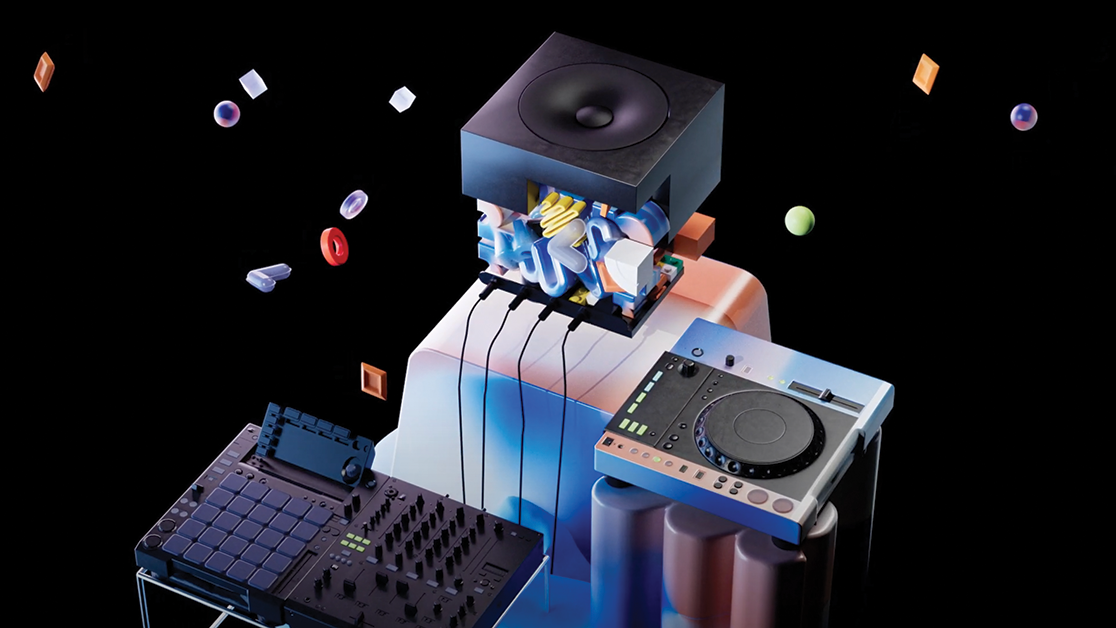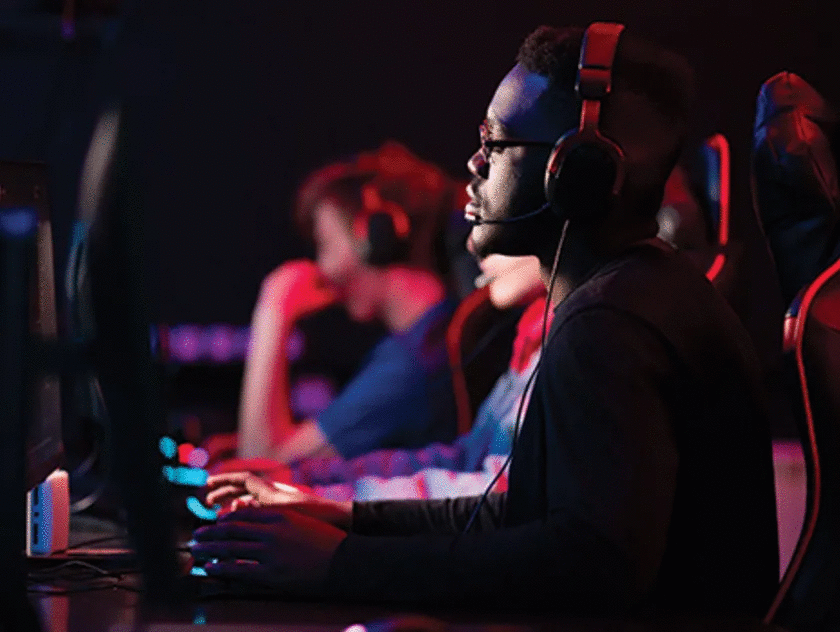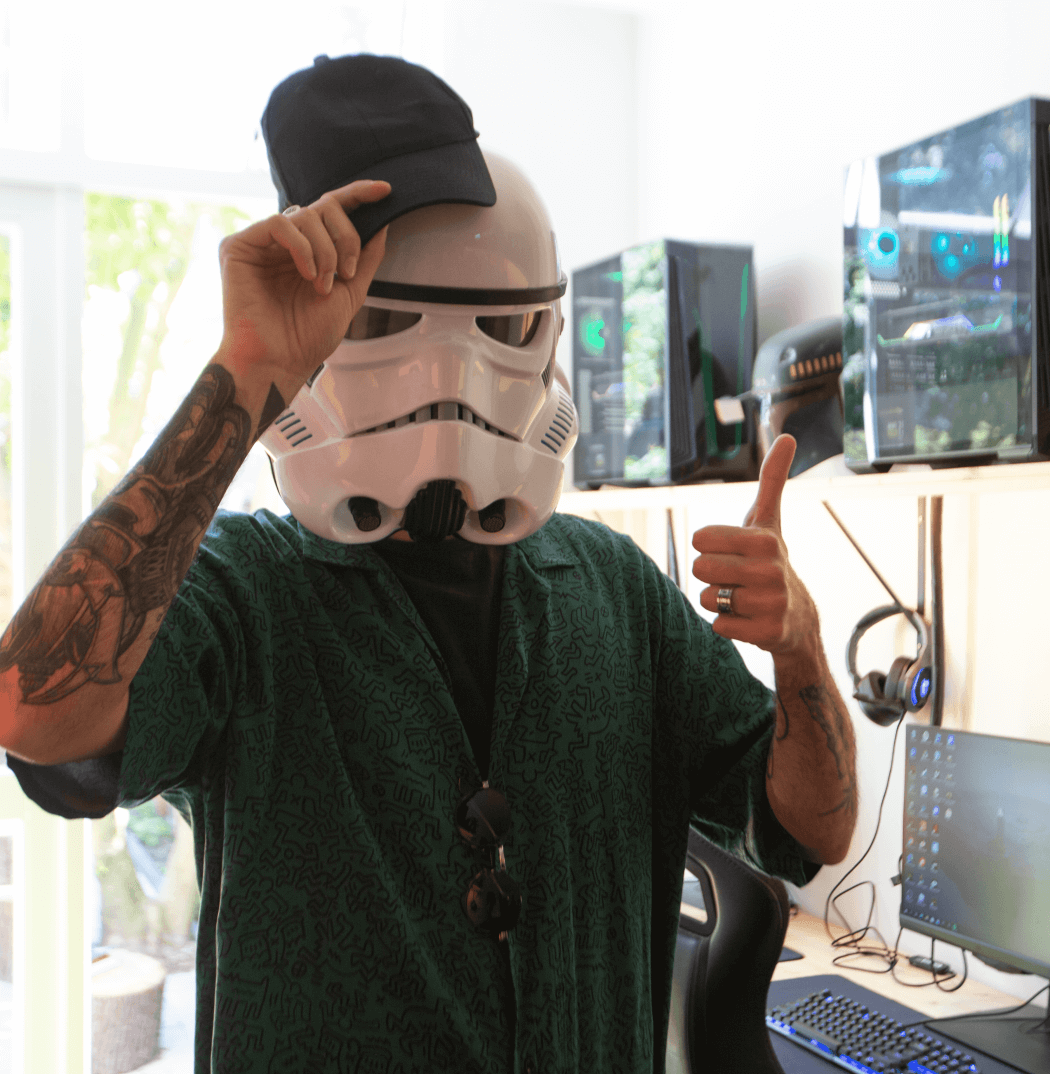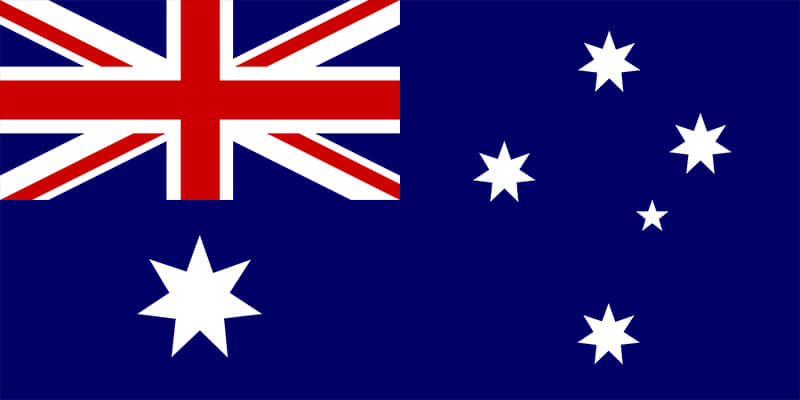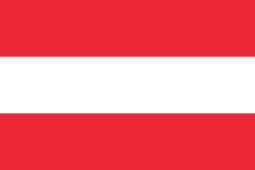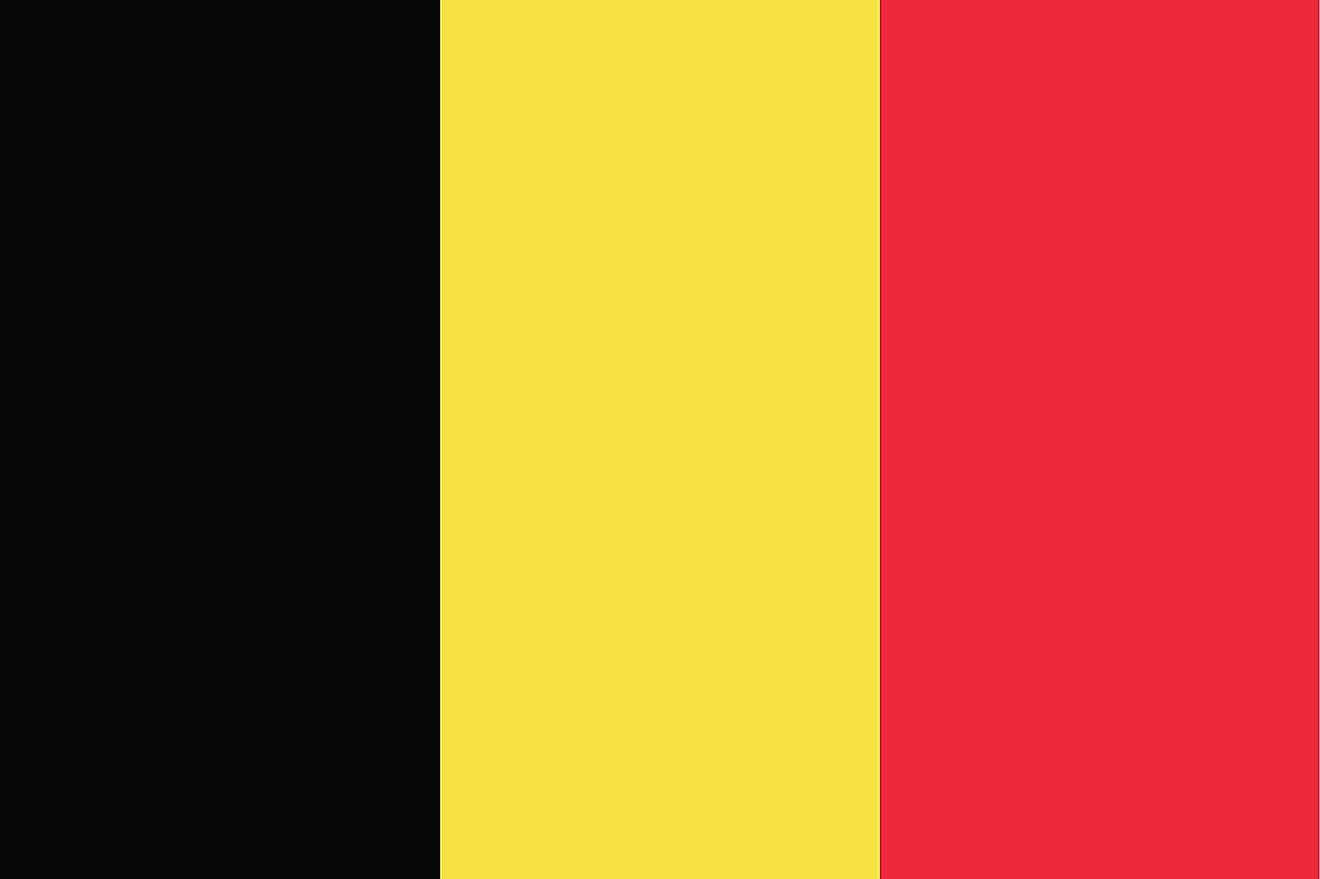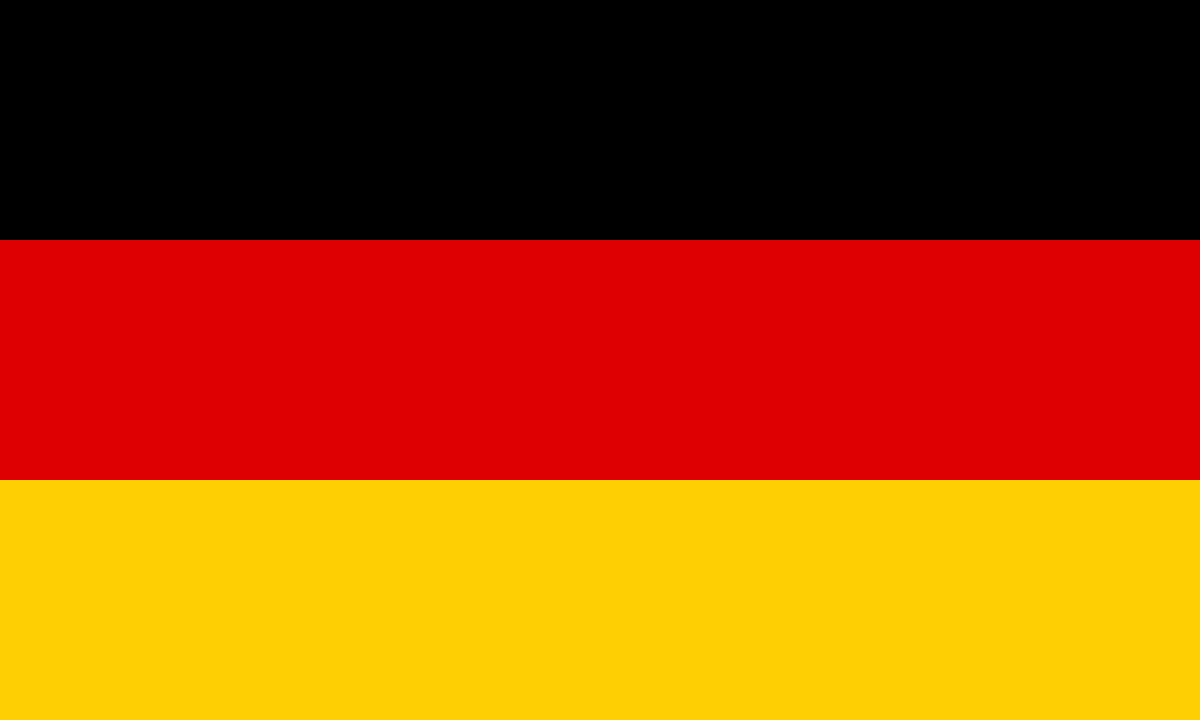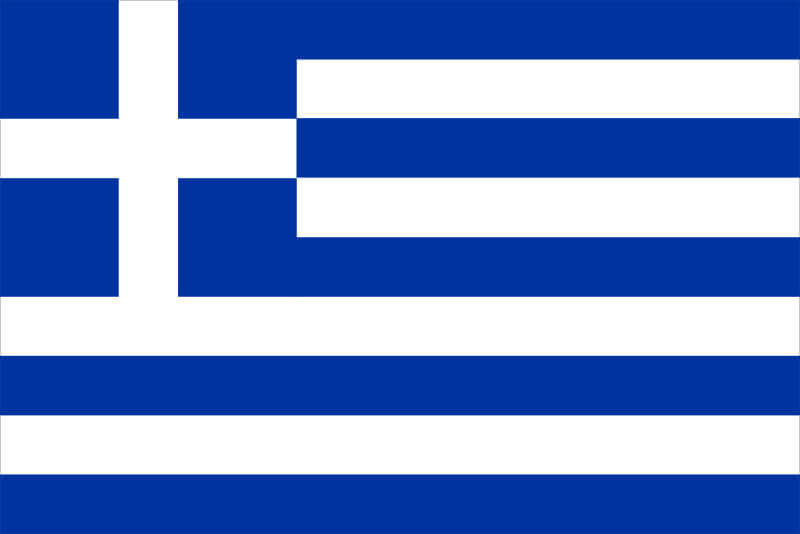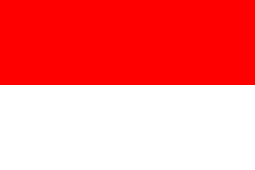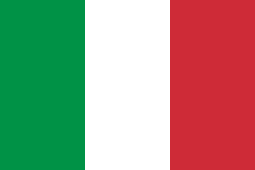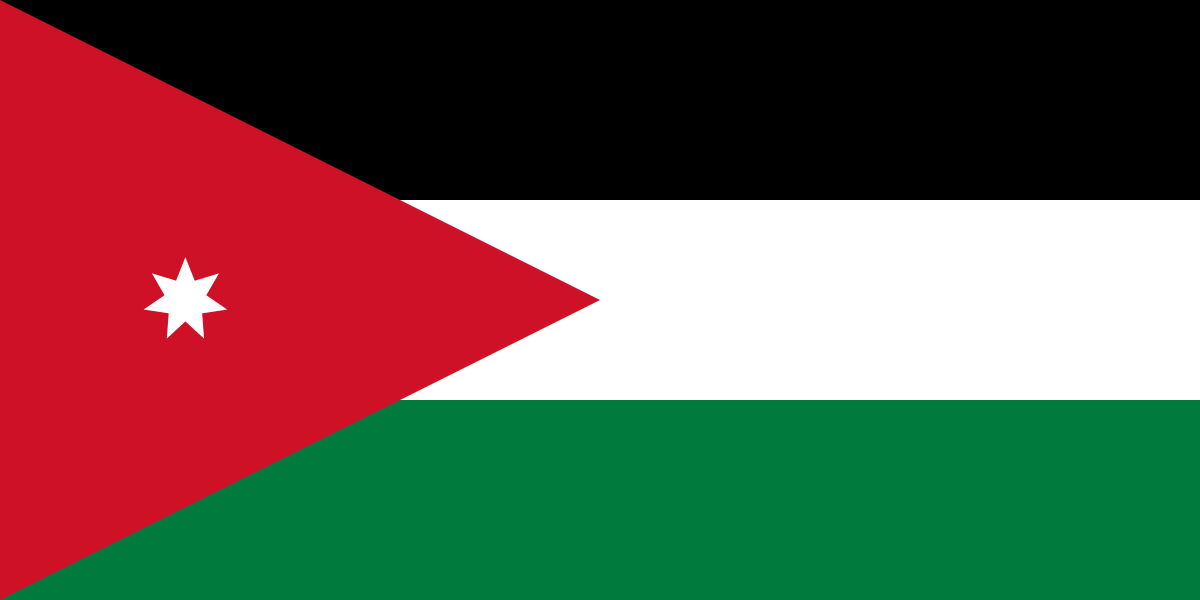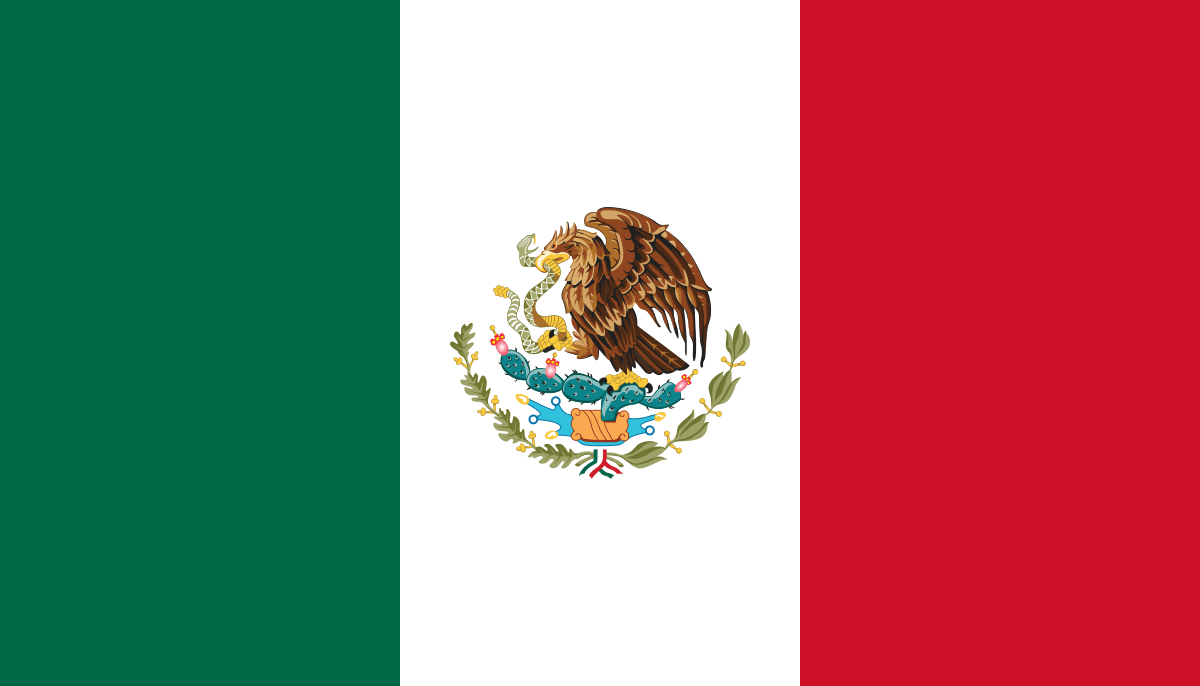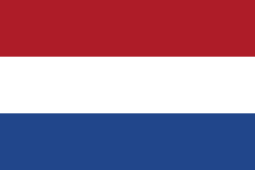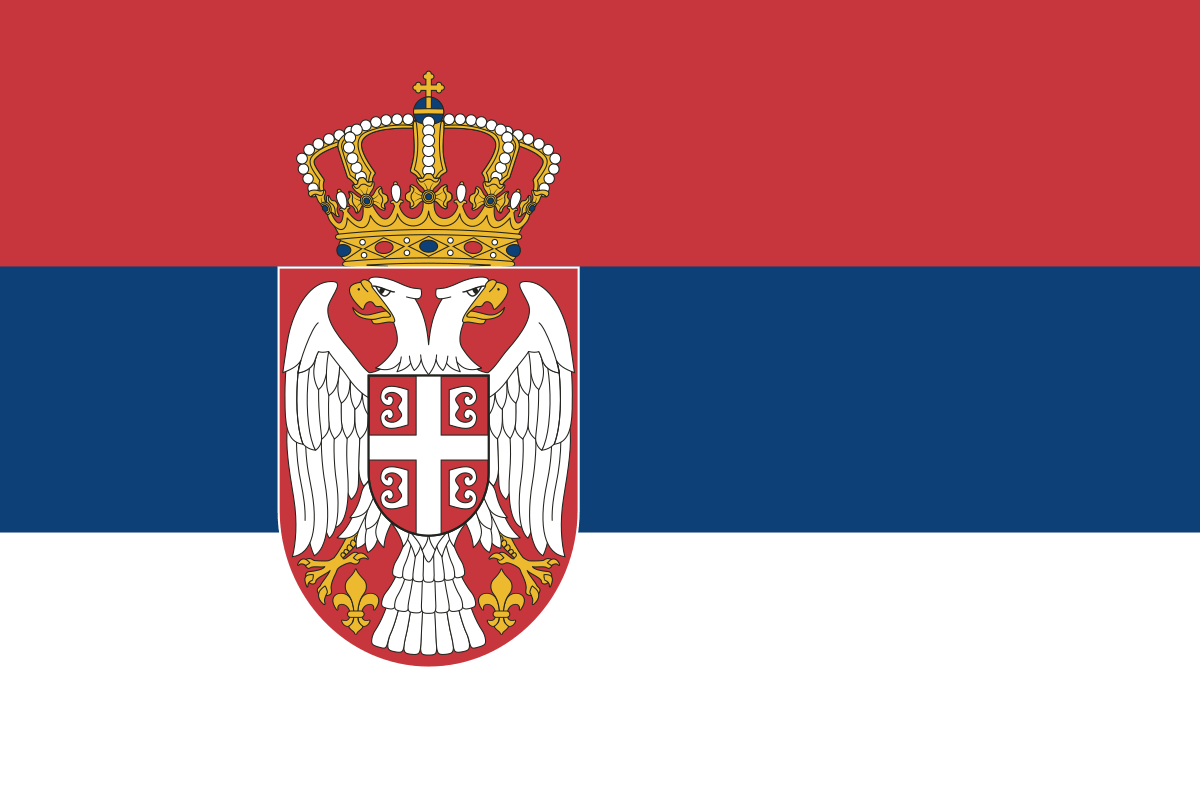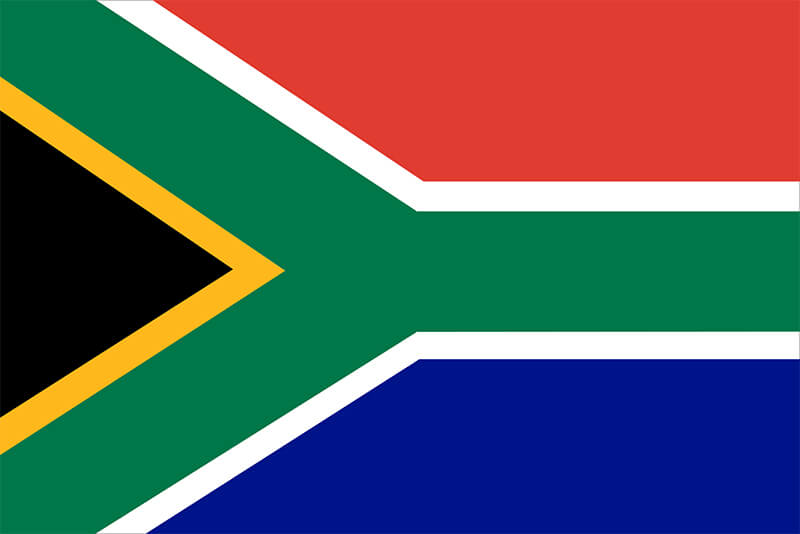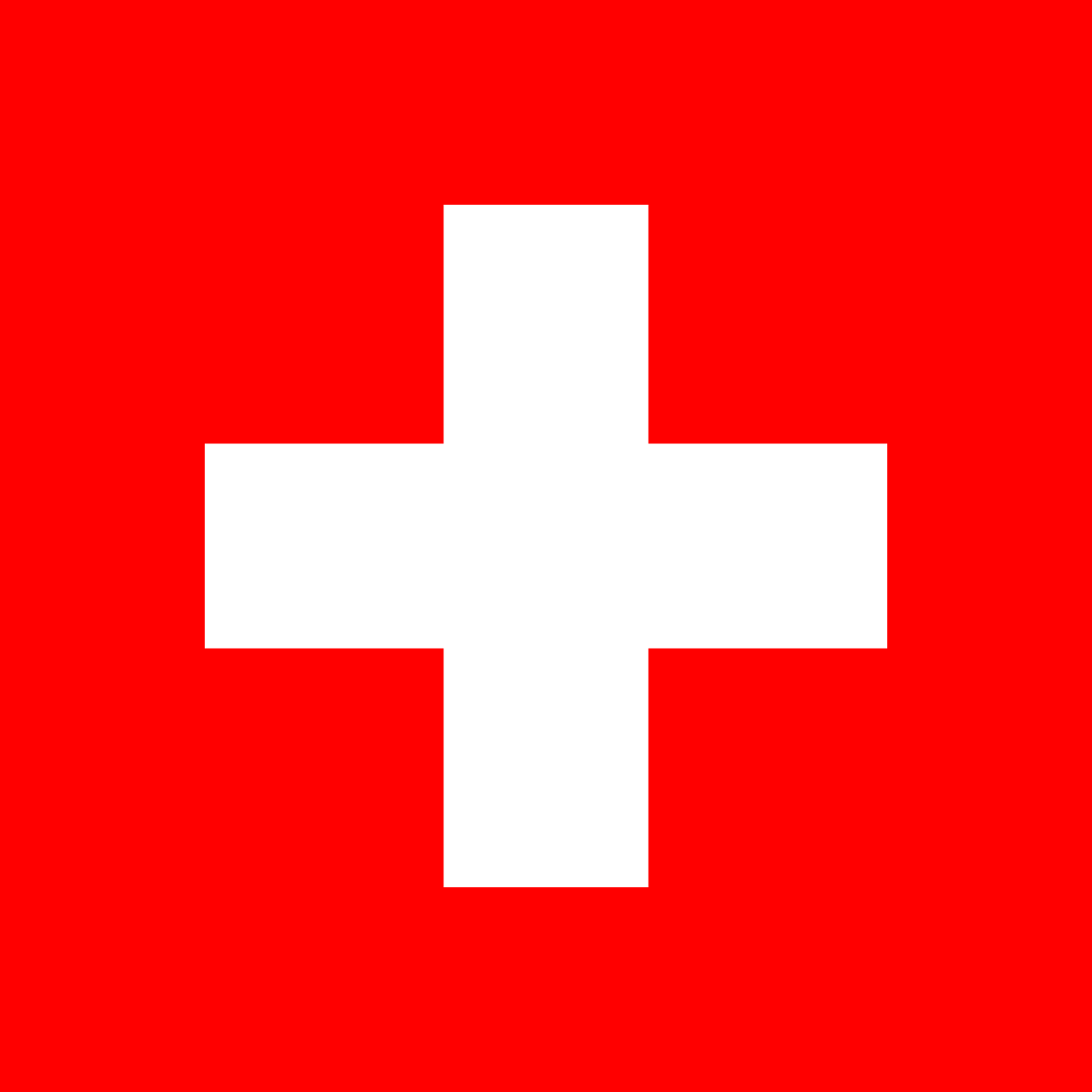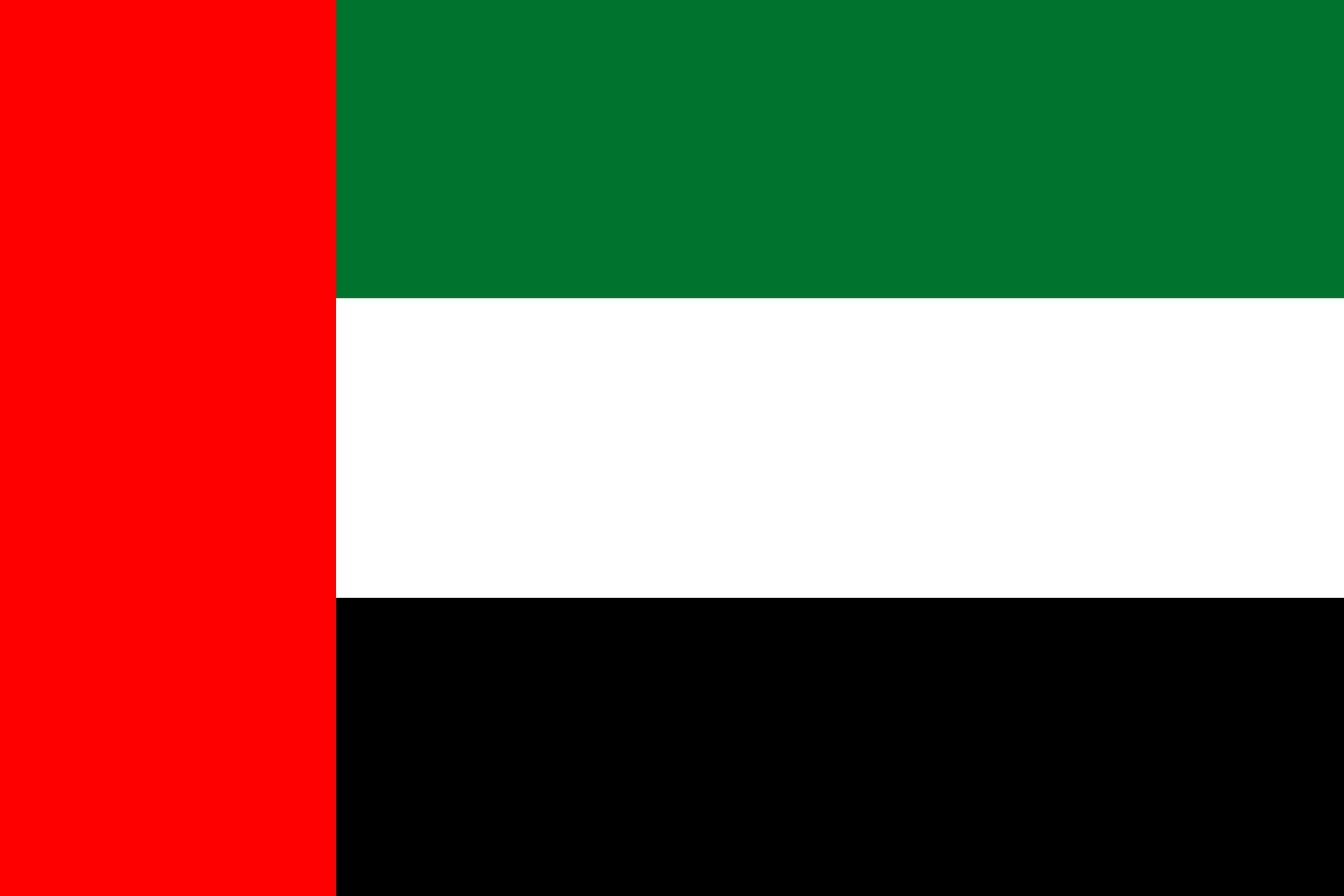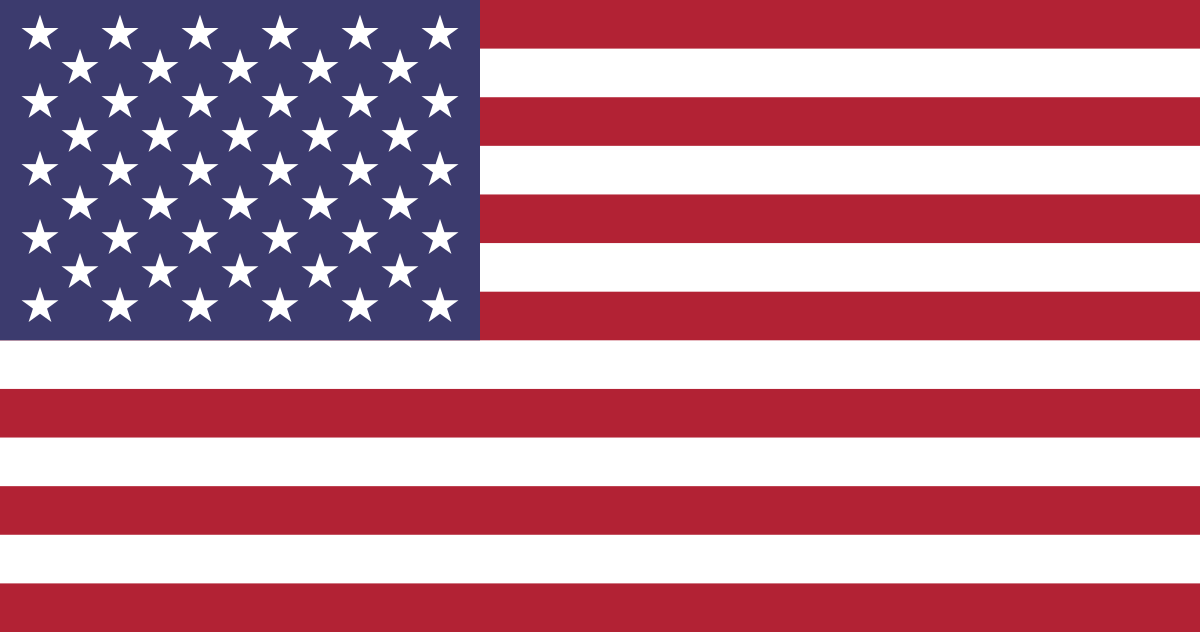Game Art and 3D Animation Advanced Diploma
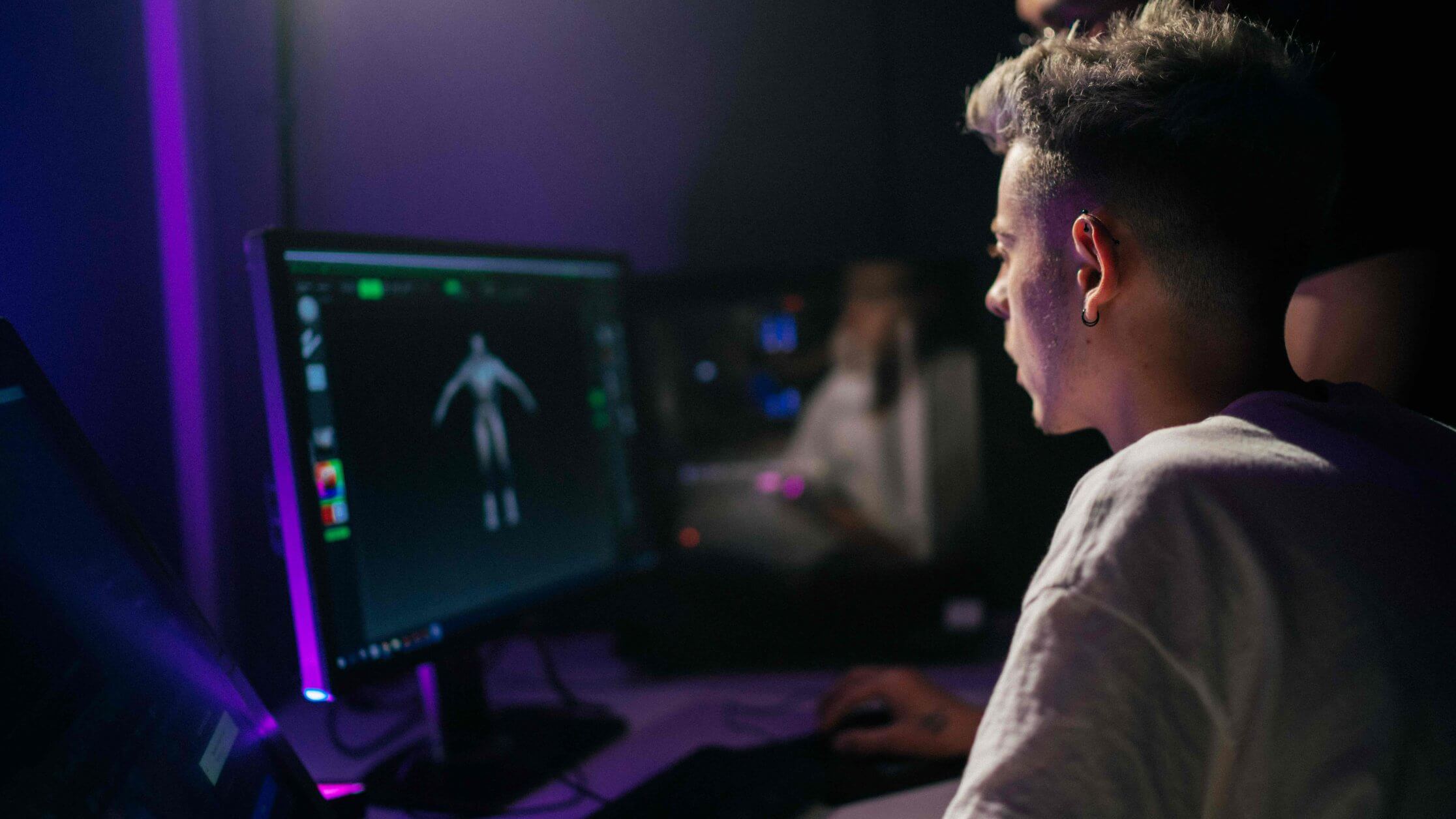
March and September 2025
Students studying higher education courses may be eligible for various forms of funding, including student loans and grants. There may be some differences depending on the region you come from.
For non-EU students, a valid VISA for the entire duration of the selected course is required before enrolment. The registration at SAE Institute cannot grant you a Student Visa in the Netherlands.
On this page, you will get a detailed insight into the course content of the Game Art and 3D Animation Advanced Diploma. You will find out everything you need to know to get started straight away.
The Game Art and 3D Animation Advanced Diploma Course includes:
Develop advanced skills in industry-standard software packages
Autodesk Maya, Autodesk 3ds Max, Substance Painter, Unreal Engine 4, SideFX Houdini, Foundry NukeX, Pixologic ZBrush, and Adobe Creative Suite.
Practical, immersive training
Practical skills are vital. Our learning approach is a blend of vocational and academic from day one.
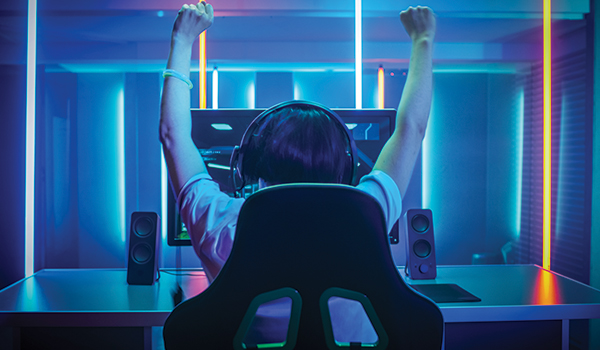
Course Structure
In this module, the students go one step further than hard-surface modeling towards the sculpting of organic assets.
Students will receive an insight into the animation process and show standard workflows in 2D and 3D animation. The result is presented in a rendered scene.
Throughout this module, students will be encouraged to engage in self-reflective processes to improve their creative and collaborative work practices and to build the core skills necessary for a successful career in the creative industries. With the guidance of studio facilitators, students will complete a set of project briefs designed to build on the foundation skills acquired and to further enhance their competencies within their discipline area.
Students will experience teamwork across creative media disciplines, and potentially remotely across various campus locations, preparing them that way to develop their specialisation.
In the beginning, a vision/idea of a fictitious media product in the creative industry is developed as a team. The group members should then divide themselves into the corresponding roles within the researched positions.
In the course of the module, the team develops branding for the product, considers possible distribution channels for the release, and prepares the individual pieces of work of the group members from a marketing point of view so that content can be used for a possible advertising campaign. By the end of the module, students will have an overview of all job positions within the industry.
Your career in Audio Begins now
Tools and Software





FAQs
Audio students get the chance to collaborate with other disciplines, there are many opportunities and requirements to collaborate with students from other degrees throughout the course.
Yes, there is an SAE Student Store with discounts available to students who have fully enrolled.
Students can access campus facilities during opening hours. Please contact your campus for timings.

